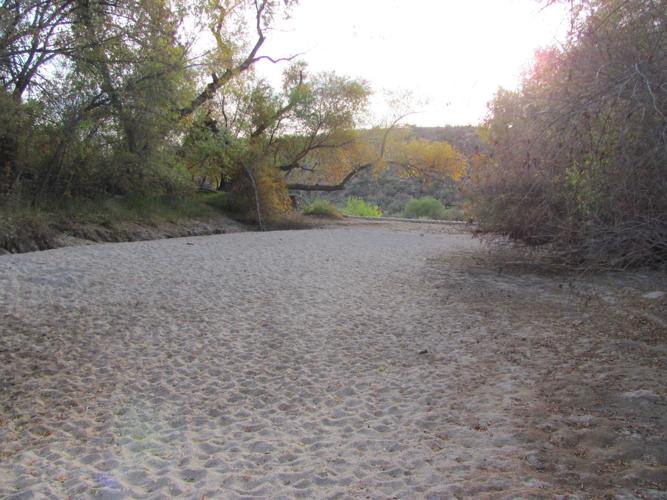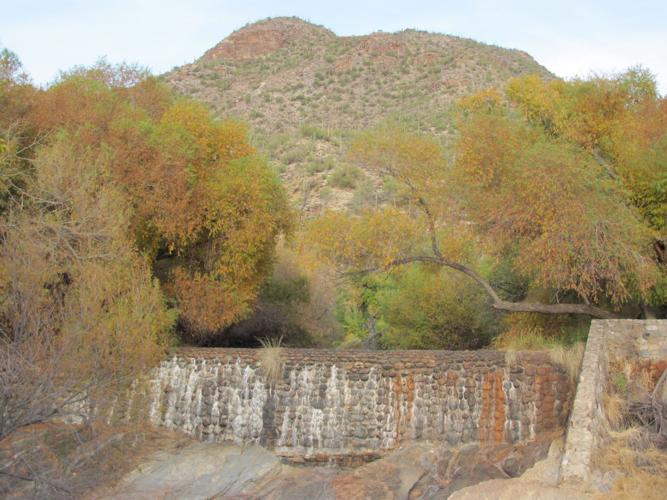Sabino Creek, one of the scenic gems of the Tucson area, has gone bone-dry after months with no significant rain.
An official with the U.S. Geological Survey said a gauge at popular Sabino Dam, in Sabino Canyon northeast of the city, has recorded no flow since Sept. 14.
“It trickled to a stop that day, and the creek has been dry since then,” said Chris Magirl, a research hydrologist with the Geological Survey.
That means the creek had been dry for 77 days by the end of November, one of the longest no-flow spells on the watercourse, with more dry days to come.
The creek has often dwindled in dry years to low rates of flow before being replenished by snowmelt or monsoon rains. Several times in recent years it has dried up completely, including in the autumn of 2012, when it remained dry for 73 days.
At other times, the watercourse has gushed with snowmelt from high in the Catalina Mountains. That happened in February of this year when water flowed at a hearty 57 cubic feet per second at Sabino Dam.
A walk along the creek this week revealed a stream bed of dry rocks and sand. An area immediately upstream from the dam known as Sabino Lake is often covered with water, but now it’s just a large sandbox.
What will it take to get the creek flowing again?
“When it’s really dry like this, we need more rainfall to get it flowing — in the ballpark of an inch or more,” Magirl said. No rain is in the immediate forecast.
“What we really look for is a snowfall up there” in the Catalina Mountains above the canyon, he said. “That snow can melt” and bring the creek back to life. “From the standpoint of hydrology, a really good thing for Southeastern Arizona is snow on our mountains.”
The good news: The creek will eventually come back to life as it always does. That can’t happen soon enough for the many Tucsonans and visitors who love to stroll along a flowing stream.





